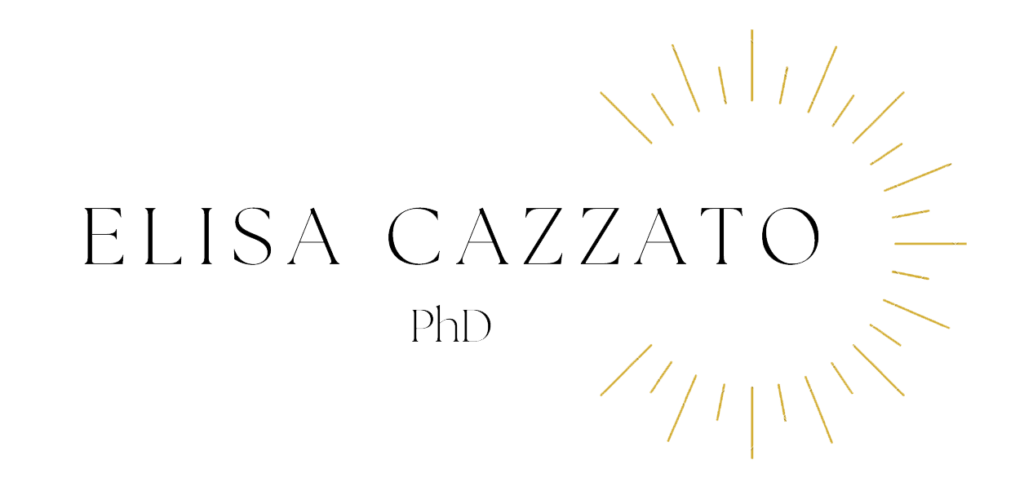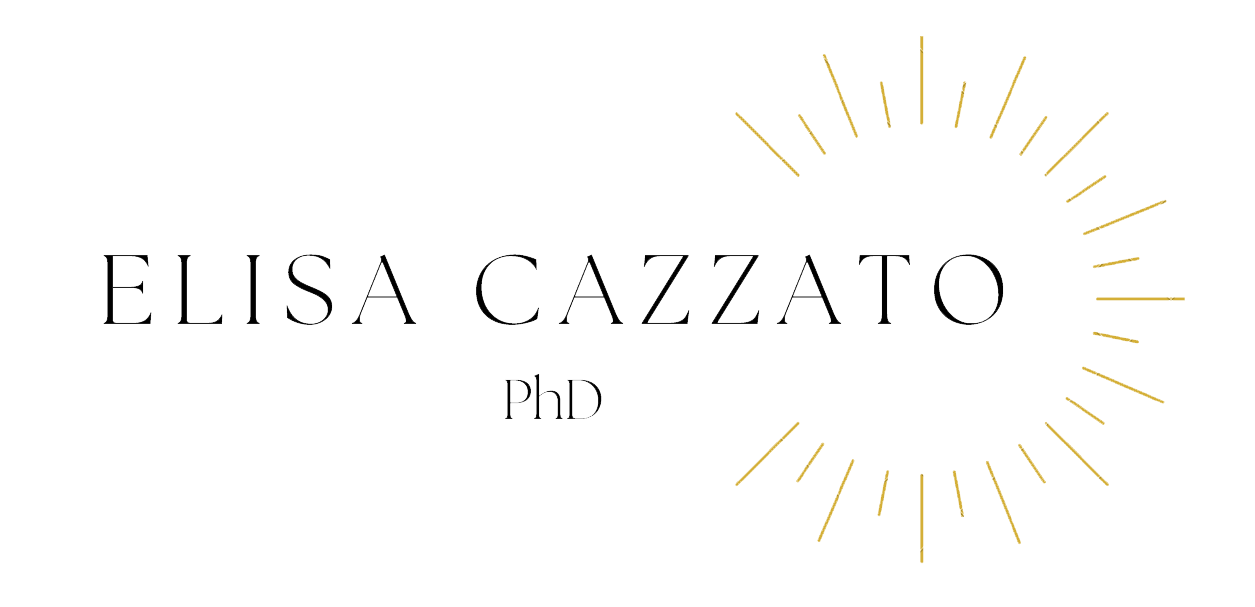PUBLICATIONS
These publications have received funding from the European Union’s Horizon 2020 research and innovation programme under the Marie Skłodowska-Curie grant agreement no 893106
Elisa Cazzato, “Performing for Napoleon: Production Quarrels at the Paris Opéra”
Dance Research, 41.2 (2023): 275–296
This study addresses the collaboration of the stage designer Ignazio Degotti (1758–1824) with the choreographer Pierre Gardel (1758–1840) in a series of works presented at the Théâtre de l’Opéra in Paris during the Napoleonic administration (1804–1815). Backstage episodes in three key performances demonstrate that although the Opéra was politically crucial to Napoleon, there were practical problems in theatre management on his watch. This study argues that the inadequacy of spaces for artistic creation and a lack of coordination among the creative team were the most pressing issues in this respect.
Elisa Cazzato, “«Le plus grand théâtre de la République, la première réputation dans l’Europe». Ignazio Degotti (1758-1824) Behind the Stage of the Paris Opéra”
Studi Francesi, 201.3 (2023): 513-526
This article explores the role, the vision, and the artistic expectations of the Italian stage designer Ignazio Degotti (1758-1824). With a few career interruptions, Degotti was the principal stage designer of the Théâtre de l’Opéra from 1795 to 1822. He approached his art as a fine and skilled connoisseur of architecture, perspective, decoration, and botany. Convinced that much of the effect of the opera resided in the visual, Degotti gave himself a special status of an artistic interlocutor among other opera creators. His persona, however, rarely fit the controlling requirements of theatre administration. Frustrating requests urged him to produce grandeur on stage, but under controlled timelines and budgets. Meanwhile, outside the Opéra, Degotti worked with Jacques-Louis David, organising the scenography of the Coronation’s painting; his portrait stands right next to that of Napoleon’s First Painter. It is when Degotti eluded the daily fights and controls of the Opéra and meshed his talents with art-academy relationships that he settled comfortably into his artistic role. Through unpublished archival material, this paper brings to the foreground the figure of Degotti, promoting his practice as an account very much integrated into the visual and cultural histories of his time.
Open access from December 2024: https://doi.org/10.4000/studifrancesi.54822
Meredith Martin, Elisa Cazzato “Reflections on the Ballet des Porcelaines: Between Intention and Impact”
Humanities Research, 20.1 (2024):
This article reflects the intention and impact of the dance research project Le Ballet des Porcelaines or The Teapot Prince, co-created by Professor Meredith Martin with the choreographer and activitst Phil Chan and assisted by Dr Elisa Cazzato as wardrobe supervisor and tour manager in the Italian venues. Written by the comte de Caylus, with music by Nicolas-Racot de Grandval, and based on a fairy tale, this ballet tells the story of an Asian sorcerer who rules a ‘blue island’ and transforms trespassers into porcelain. A prince gets stranded on the island and is turned into a teapot, and a princess has to rescue her lover by seducing the sorcerer, stealing his wand, and breaking the spell. On the one hand a standard Orientalist fable, the ballet can also be read as also an allegory for the intense European desire to know and possess the secrets of making porcelain, a quasi-magical substance that China had been producing for centuries. Though it would inspire later ballets featuring sleeping beauties and porcelain princesses, the Ballet des Porcelaines is virtually unknown and—until recently—had not been performed for nearly three hundred years. This paper discusses our experiences in creating and presenting our new version of the ballet from 2021-22 at venues throughout the U.S. and Europe, including The Metropolitan Museum of Art, The University of Chicago, Princeton University, Waddesdon Manor and Brighton Royal Pavilion in the UK, and the Museo di Capodimonte and Palazzo Grassi in Italy.
Elisa Cazzato “The lure of the foreign stage: Chronicles of Italian mobility to France in the long eighteenth century”
Open Research Europe, 4:38 (2024)
This article investigates the migration of three Italian-born artists working in France in the field of ephemeral entertainment and argues that their stories were part of a broader process of cultural history and artistic mobility of the long eighteenth century. These artists are the firework makers Ruggieri brothers, the circus performer Antonio Franconi and his family and the stage designer Ignazio Degotti. They left their home country at different points (1730s, 1750s and 1790 respectively), settling in Paris under different socio-political circumstances. Due to the immaterial and contingent medium in which these artists chose to work, which is difficult to replicate and collect, the mobility of these artists has often remained a neglected story. To explore the reasons why these artists moved from their home country and the motivation that convinced them to stay in France, this research combines an attentive examination of archival material with a methodology influenced by methods of cultural history. The paper argues that their lives and their artistic expertise were not only aesthetically relevant, but also very much integrated within the defined social and cultural context they chose to live in.
Entre peinture et scène : expérimentations néoclassiques dans le décor de théâtre, le cas d’Ignazio Degotti (1758-1824)
Revue italienne d’études françaises, 14 (2024)
Ignazio Degotti (1758-1824), born in Turin, was a set painter working in Paris from 1790, and was chief decorator at the Théâtre de l’Opéra between 1795 and 1822. Away from the theatrical stage, he collaborated with Jacques-Louis David (1748-1825). The first documented contacts between Degotti and David date back to early 1800, although a first meeting between the two artists can be dated to 1784, when they were both in Rome. Degotti’s period of activity coincided with the full maturity of neoclassical aesthetics in the arts. This contribution considers how, at the turn of the nineteenth century, a genuine neoclassical décor developed, strictly in line with the aesthetic theories of the time, or whether, more simply, theatre décor followed a phase of experimentation using ancient art. The article explores the details of the relationship between Degotti and David, demonstrating how painting and theatre were fertile ground for artistic experimentation and interdisciplinary links between Italy and France.
Introduction: Here Today, Gone Tomorrow? The Art of the Ephemeral in Eighteenth-Century France
Monographic issue edited by Elisa Cazzato
Status Quaestionis, 28 (2025)
This monographic issue explores the notion of ephemerality in French artistic culture during the long Eighteenth-Century. The volume is highly interdisciplinary, featuring articles from art and theatre history, costume-making, and performance studies, extending the notion of the ephemeral to a wide range of examples. The authors investigate how, in order to exist, ephemerality needs materiality, since any creative process intersects with the material requirement that both artworks and performances need: materials, locations, settings, scripts, costumes, and bodies. This dichotomy enables historians to further analyse the cultural and political meanings of the ephemeral, connecting artworks to social contexts, dance costumes to movements, and public festivals to human reception. Rather than focusing solely on aesthetics, the volume interrogates how the ephemeral was experienced, recorded, and remembered and how its traces persist in artworks, texts, and collective memory. The contributions question the boundary between presence and absence, visibility and oblivion, reflecting on the long-term cultural implications of transience. In seeking what remains of the ephemeral, the volume challenges dominant narratives and reconsiders the politics of cultural memory.
Table of Contents:
Elisa Cazzato
“Here Today, Gone Tomorrow? The Art of the Ephemeral in Eighteenth-Century France”
DOI: 10.13133/2239-1983/19167
Mark Ledbury
“‘Mais, le lendemain matin’. Residues of the Ephemeral in Eighteenth-Century French Art”
DOI: 10.13133/2239-1983/19170
Noémie Étienne, Meredith Martin
“Spectacular Blindness: Enslaved Children and African Artifacts in Eighteenth-Century Paris”
DOI: 10.13133/2239-1983/19171
Ilaria Lepore
“L’art du comédien au tournant des Lumières. Conscience de l’éphémère et sensibilité mémorielle”
DOI: 10.13133/2239-1983/19172
Renaud Bret-Vitoz
“L’expérience éphémère d’Ériphyle (Voltaire, 1732): matériaux tangibles et réécritures d’une dramaturgie passagère”
DOI: 10.13133/2239-1983/19173
Pierre Frantz
“Un événement unique: le théâtre de la Révolution entre surgissement et disparition”
DOI: 10.13133/2239-1983/19174
Daniella Berman
“Ephemeral Emblem: Jacques-Louis David and the Making of a Revolutionary Martyr”
DOI: 10.13133/2239-1983/19178
Emanuele De Luca
“Les feux d’artifices des frères Ruggieri à l’intérieur d’un théâtre. L’autonomie de l’éphémère dans le Paris du XVIIIe siècle”
DOI: 10.13133/2239-1983/19176
Alessandra Mignatti
“Tra utopia e ricerca del consenso: fuochi e apparati effimeri di epoca napoleonica a Milano tra il 1801 e il 1803”
DOI: doi.org/10.13133/2239-1983/19180
Petra Zeller Dotlačilová
“Witnesses of the Past: Costumes as Material Evidence of the Ephemeral Performance”
DOI: 10.13133/2239-1983/19181
Olivia Sabee
“Noverre’s lament: inscription, posterity, and the ephemeral art of dance”
DOI: 10.13133/2239-1983/19182
Cornelis Vanistendael
“Ephemerality on the Fringe. Exploring the Venues Hosting Power Quadrilles in Brussels on the Eve of Waterloo and Beyond (1814–1816)”
DOI: 10.13133/2239-1983/19183

